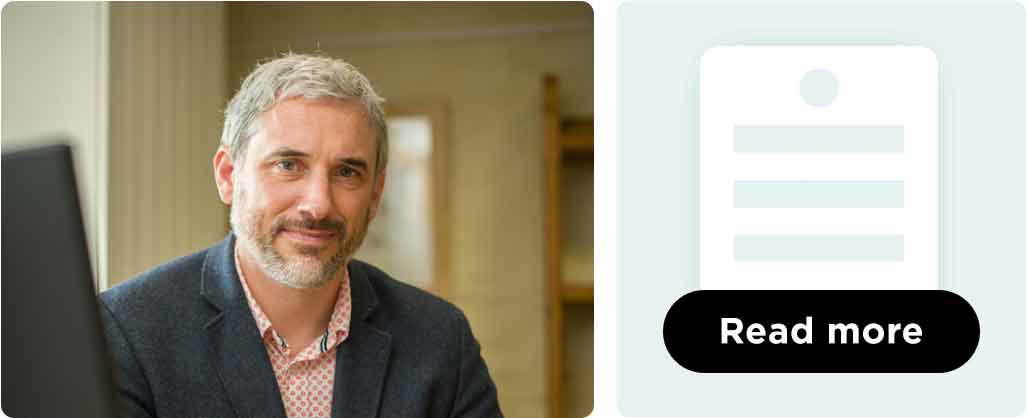Introduction
Mindfulness and mental clarity are essential for optimal performance, particularly in high-pressure professional environments. This article explores how incorporating mindfulness into daily routines can improve focus, productivity, and overall well-being.
What is Mindfulness?
Mindfulness is the practice of being fully aware of the present moment and acknowledging thoughts and feelings without judgment. Rooted in Buddhist traditions, mindfulness has been found relevant in modern life, particularly within the context of mental health and professional performance.
Benefits of Mindfulness for Professionals
Incorporating mindfulness into a busy professional life can yield numerous benefits, including:
Enhanced Focus
Mindfulness practices improve concentration and attention span, enabling individuals to engage deeply with tasks and make informed decisions.
Reduced Stress
Mindfulness practices can alleviate stress and facilitate a more balanced approach to work challenges by promoting relaxation and reducing anxiety.
Improved Relationships
Mindfulness can enhance interpersonal skills, leading to more effective communication and collaboration with colleagues and clients.
Mindfulness Techniques for the Workplace
There are various mindfulness techniques that professionals can implement easily within their work environment:
Mindful Breathing
Practicing mindful breathing can effectively centre oneself during stressful moments. Take ten deep breaths, inhaling deeply through the nose and exhaling slowly through the mouth, focusing on the breath as it enters and leaves the body.
Body Scan
A body scan meditation encourages awareness of physical sensations. Set aside a few minutes to close your eyes and focus on each part of your body, noticing any tension or discomfort without judgment.
Mindful Listening
Practicing active listening during conversations can significantly improve communication and relationships. Focus entirely on the speaker, maintaining eye contact and allowing yourself to be present in the exchange without interrupting.
Implementing Mindfulness in Your Daily Routine
Here are strategies through which professionals can integrate mindfulness into their busy schedules:
Short Practices
Start with short mindfulness exercises that can be done in minutes. Gradually increase the duration as you become more comfortable.
Scheduled Mindfulness Breaks
Set aside specific times in the day for mindfulness practices. This could be during lunch breaks or designated quiet moments when you can disconnect from work-related tasks.
Digital Mindfulness Apps
Consider utilising mindfulness apps, such as Headspace or Calm, which provide guided sessions tailored for busy professionals.
The Role of Counselling
Counselling can support individuals in developing a consistent mindfulness practice. Here is how:
Personalised Guidance
A therapist can tailor mindfulness practices to fit individual needs, ensuring they resonate with personal experiences and goals.
Accountability
Regular therapy sessions can create a structure for maintaining mindfulness practices. A therapist may follow up on progress, encouraging clients to stay committed to their routine.
Real-life Examples: Success Stories
Incorporating real-life stories showcases the effectiveness of mindfulness in professional settings:
Example 1: Helen’s Experience
Helen, a marketing manager, faced constant deadlines and pressure at work. She began practising mindfulness meditation after engaging with a therapist. Not only did she notice decreased stress levels, but her ability to focus during meetings improved significantly, leading to enhanced job performance.
Example 2: Peter’s Transformation
Peter, an auditor, struggled with distractions during his workday. After integrating mindfulness into his daily routine, he found that short meditation sessions helped him reclaim focus. The result was an increase in productivity and fewer errors in his work.
Practical Exercises for Fostering Mindfulness
Here are some specific exercises that can strengthen mindfulness practice:
Gratitude Journaling
Encourage clients to maintain a gratitude journal. Writing down three things they are grateful for daily fosters positivity and awareness of the present moment.
Nature Breaks
Encourage individuals to take short breaks outside during work hours to reconnect with nature. Observing the environment can promote relaxation and mental clarity.
Mindful Eating
Encourage individuals to practice mindful eating during lunch breaks. Focusing on the sensory experience of each bite can improve satisfaction and promote healthier eating habits.
Overcoming Barriers to Mindfulness
Though mindfulness offers numerous benefits, many individuals may encounter barriers to maintaining a practice. Here are some strategies to address those challenges:
Time Constraints
Busy schedules may make allocating time for mindfulness seem impossible. Remind individuals that even brief mindfulness practices can yield significant benefits.
Scepticism
Some may be sceptical about the efficacy of mindfulness practices. Education about the science behind mindfulness and its effects on mental health can empower individuals to embrace the practice.
Building Consistency
Creating a routine around mindfulness is key. Establishing specific times for practice can promote consistency and reinforce its importance in daily life.
Conclusion
Incorporating mindfulness into a professional setting can significantly enhance mental clarity and performance. Through consistent practice, individuals can increase focus, reduce stress, and foster healthier relationships within the workplace. By considering counselling guidance and committing to regular mindfulness exercises, busy professionals can thrive in their careers and lead more fulfilling lives.










